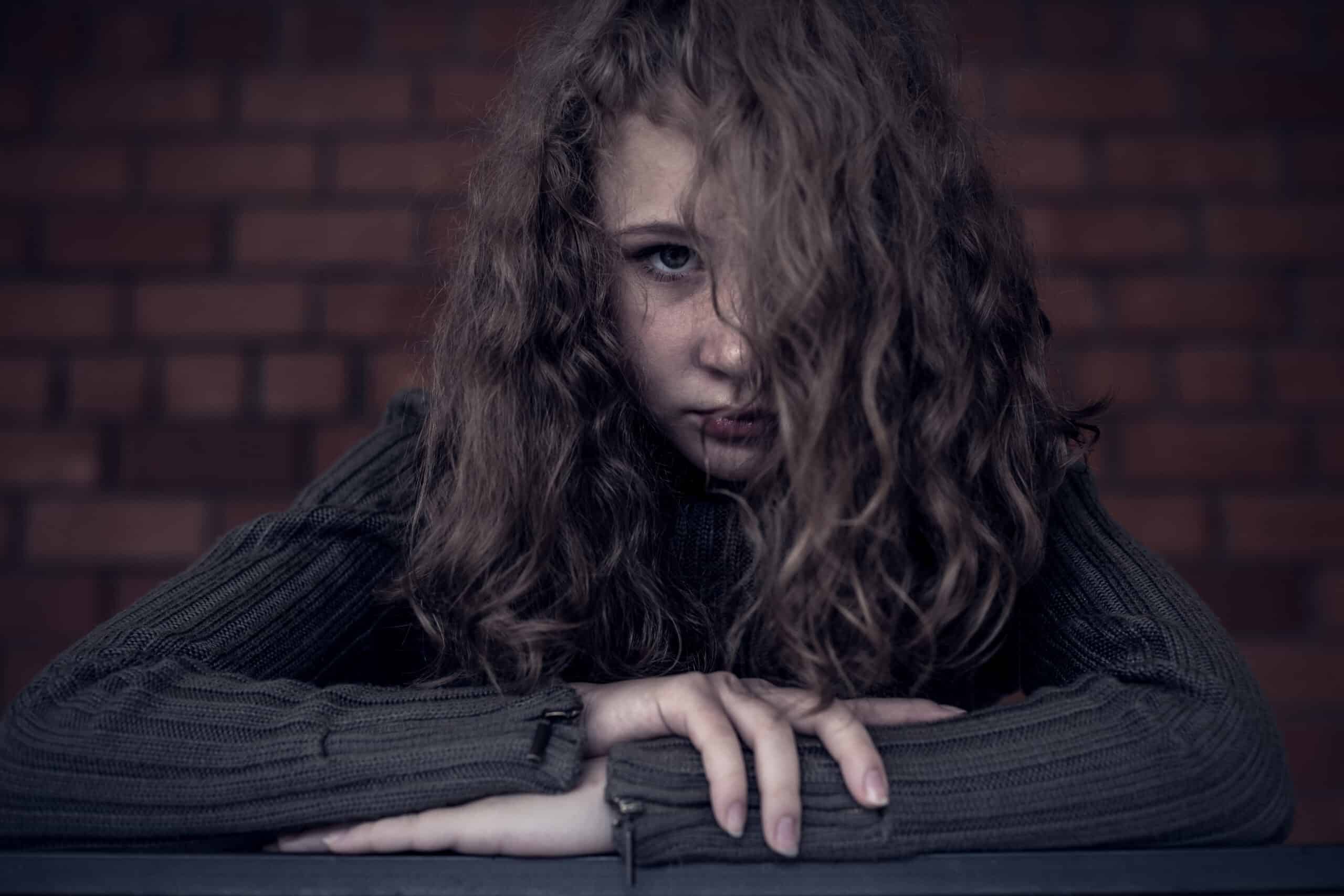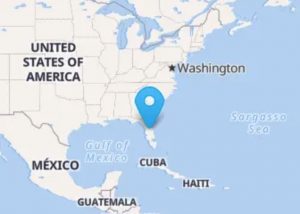To Call
Seeking out a residential school for your troubled girl? Our Central Florida residential treatment center for girls has much to offer.
If your daughter is struggling, you will want to find the best
treatment to help her. Providence Pass near Orlando helps
girls from across Florida.
- Beautiful Home & 20-Acre Ranch
- Individual, Family & Group Therapy
- Fun Recreational Activities
- Academics & Skill Building
- Equine Assisted Therapy

Understanding Why Do People Cut and Self Harm?
Cutting, a form of self-harm, is a serious and often misunderstood behavior that involves intentionally inflicting harm on one’s body. This act is a way for individuals, especially teen girls, to cope with overwhelming emotions, stress, or trauma. Understanding why do people cut, the signs of cutting disorder, and effective treatment options is crucial for providing the necessary support & intervention. This article will explore these aspects.
Why Do People Cut?
– Emotional Release: Cutting can provide a temporary relief from intense emotions such as anger, sadness, or frustration.
– Control: For some, cutting offers a sense of control over their body when they feel powerless in other areas of their life.
– Self-Punishment: Feelings of guilt or self-loathing can drive individuals to harm themselves as a form of punishment.
– Expression of Pain: Teens who struggle to express their emotional pain verbally might use cutting as a way to show their distress.
– Numbness: Some individuals cut to feel something when they are emotionally numb or disconnected.
Main Signs and Symptoms to Look For
Recognizing the signs of self-harm in teens can help in providing timely intervention. Here are some common indicators:
– Unexplained Injuries: Frequent cuts, bruises, or burns, often on the arms, legs, or stomach. Teens may wear long sleeves or pants to cover these injuries, even in warm weather.
– Behavioral Changes: Withdrawal from friends and family, and a decline in academic performance. They may also exhibit signs of depression or anxiety.
– Possession of Sharp Objects: Keeping razors, knives, or other sharp objects on hand. These items might be hidden in their room or carried in their bag.
– Emotional Distress: Frequent mood swings, irritability, and feelings of hopelessness. Teens may seem unusually sad or angry.
Major Causes of Cutting Disorder

Understanding the causes of cutting disorder is crucial for addressing and treating the behavior effectively. Several factors can contribute to the development of self-harm behaviors.
Psychological Factors
Many teens who self-harm struggle with underlying psychological issues such as depression, anxiety, or borderline personality disorder. These conditions can make it difficult to manage emotions healthily.
Social Factors
Bullying, peer pressure, and family problems can significantly impact a teen’s mental health. The pressure to fit in or cope with a dysfunctional family environment can lead to self-harm as a coping mechanism.
Trauma
Past experiences of trauma, such as abuse or neglect, can also lead to self-harm. Teens may use cutting as a way to deal with the lingering effects of trauma.
Treatment Approaches at Providence Pass
At Providence Pass, we offer several other therapeutic approaches designed to help teen girls manage and overcome cutting disorder effectively.
– ART Therapy : Involves creative art activities to help individuals express and process their emotions. This therapeutic approach can provide healthy coping mechanisms and reduce self-harming behaviors for those with Cutting Disorder.
– Animal Assisted Therapy: Involves interactions with animals to provide comfort and reduce stress. Animals offer unconditional support, helping teens feel more relaxed during therapy.
– Equine Assisted Therapy: Working with horses to build confidence and emotional regulation. Interacting with horses can help teens develop trust, patience, and emotional awareness.
Other Disorders We Treat
Accepting 3 Applications Immediately

Who We Are
Upward Bound provides a compassionate environment that nurtures the cognitive, emotional, and social development of struggling adolescents within a therapeutically supportive and educational community. Our facility includes private therapy offices for individual or family counseling, an intimate but modern group therapy room, indoor/outdoor interaction spaces, state-of-the-art technology, and educational tools to give at-risk girls the opportunity to heal and grow from past traumas.













